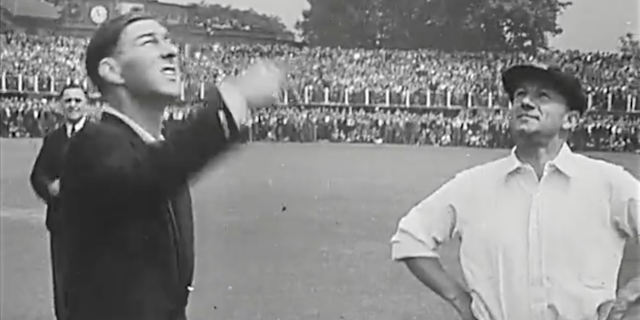This is the first of a three-part video series looking at decision-making in cricket. This episode looks at captains: why they make certain decisions and how they acquire the skills to perform at the elite level. Episodes two and three will examine bowlers and batsmen.
Australian captain Steve Smith and English captain Joe Root will walk out onto the Adelaide Oval tomorrow knowing that the choices they make could determine whether their team wins or loses the important second Ashes Test.
Winning a Test match depends on more than just talent. The type of pitch, the weather, the ball, and even luck, all play an important role in influencing the result.
And though the focus is often on the batsmen at the crease and the bowlers, it’s the captains who will have to make the important decisions.
Especially when fielding, captains have to constantly evaluate and adapt their strategies depending on the stage of the game, how the pitch is playing, what the ball is doing, and how comfortable the batsmen look against their bowlers.
But how do captains know when to rotate their bowlers or which field to set?
The Conversation asked Jonathan Connor, a coaching specialist in skills acquisition with Cricket Australia, to help explain some of the intricacies of this unique game, and the factors that captains rely on to make good decisions.

